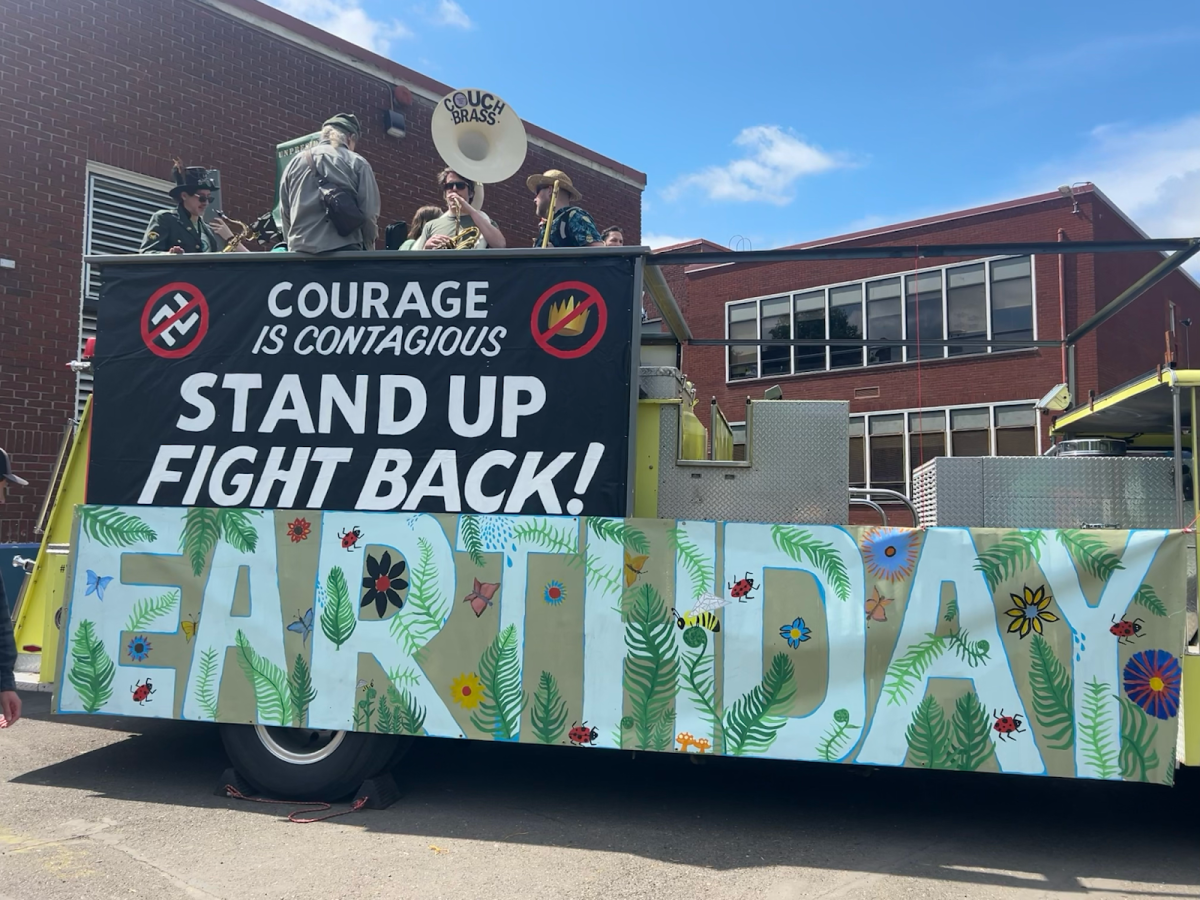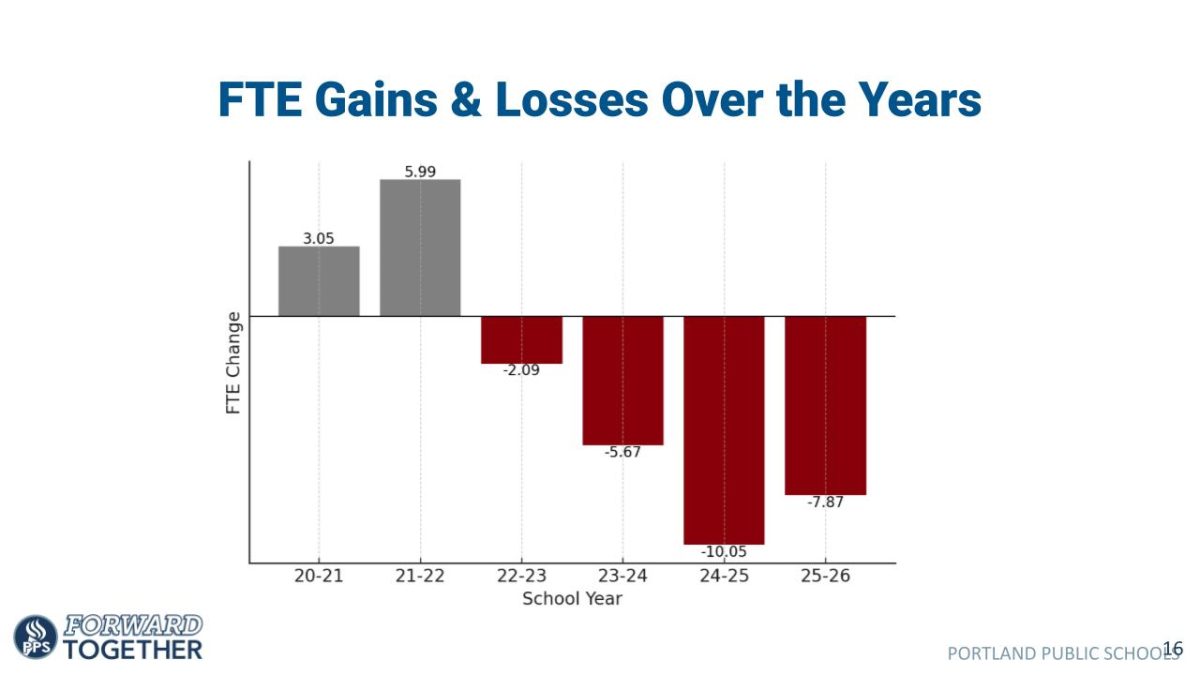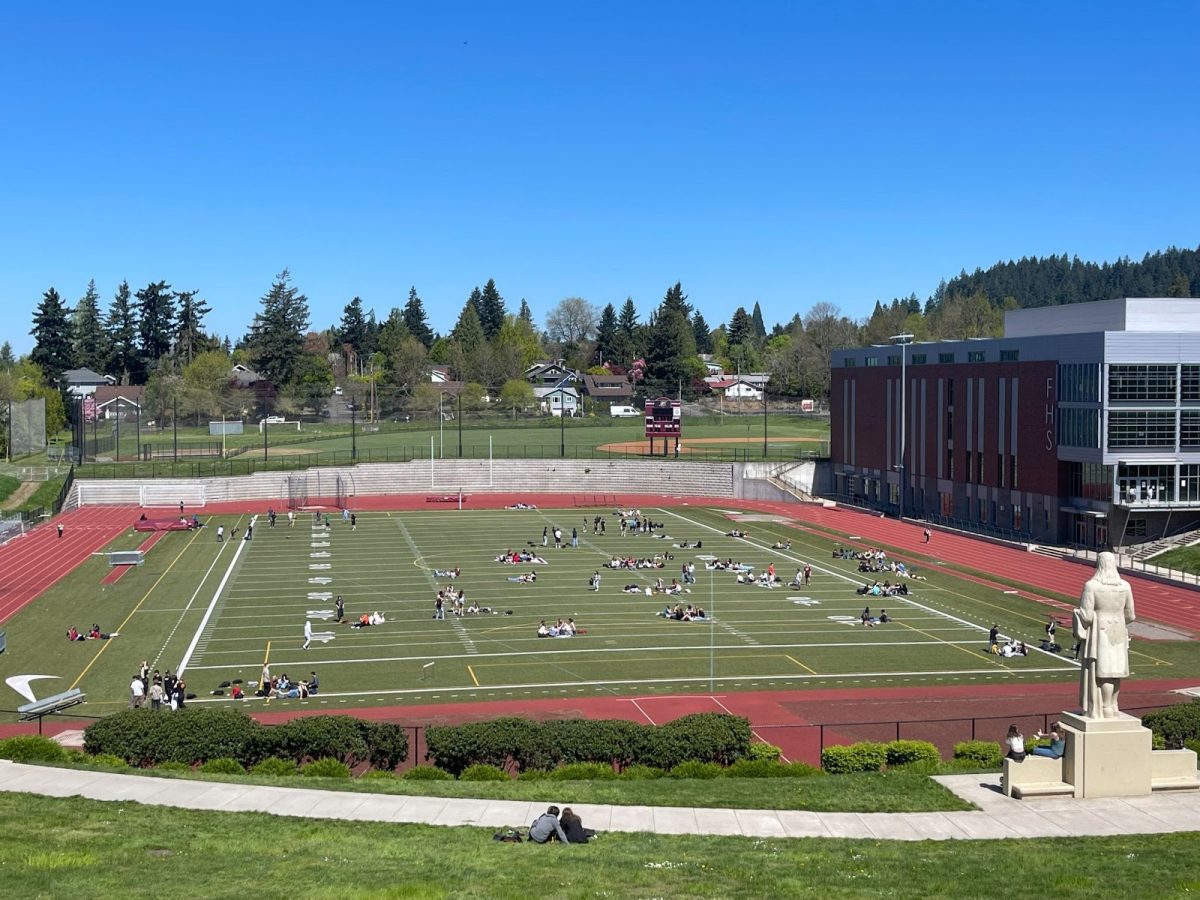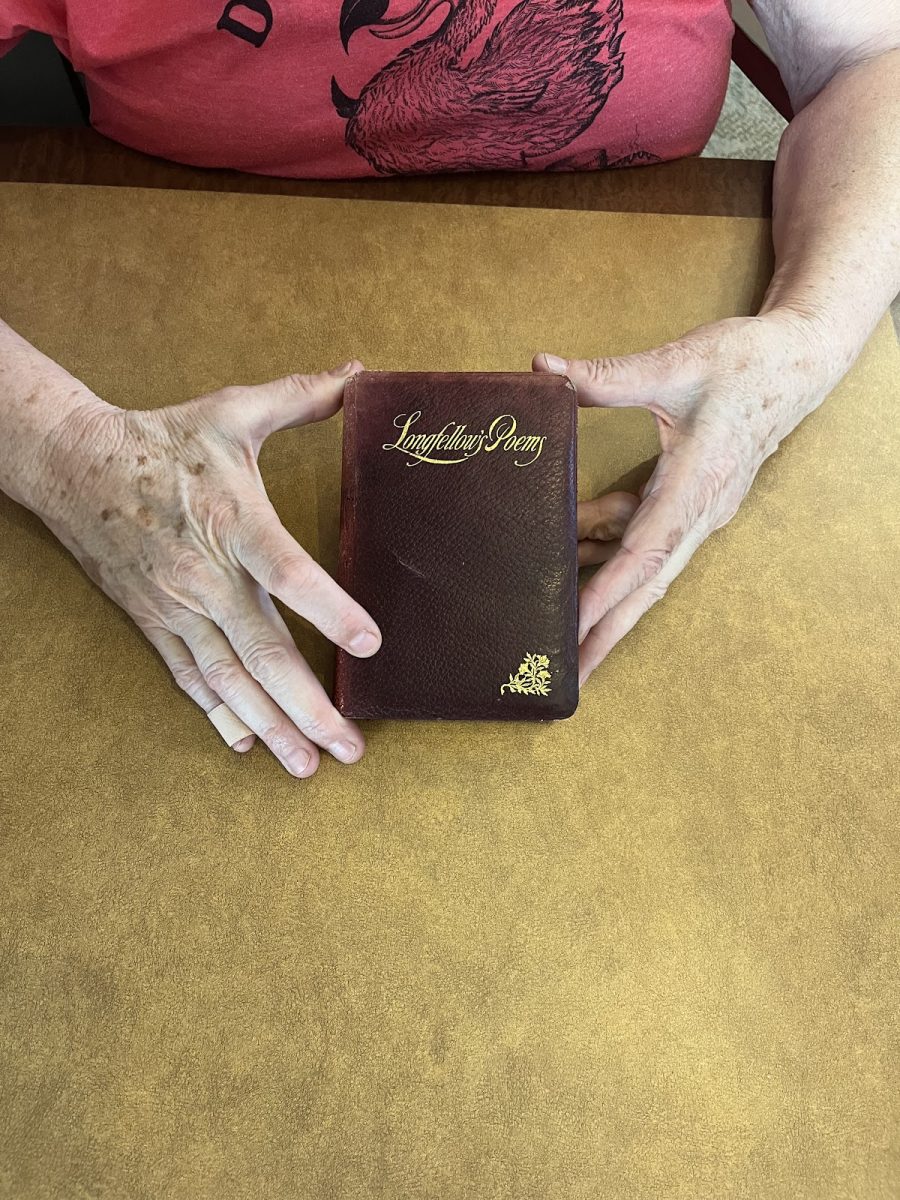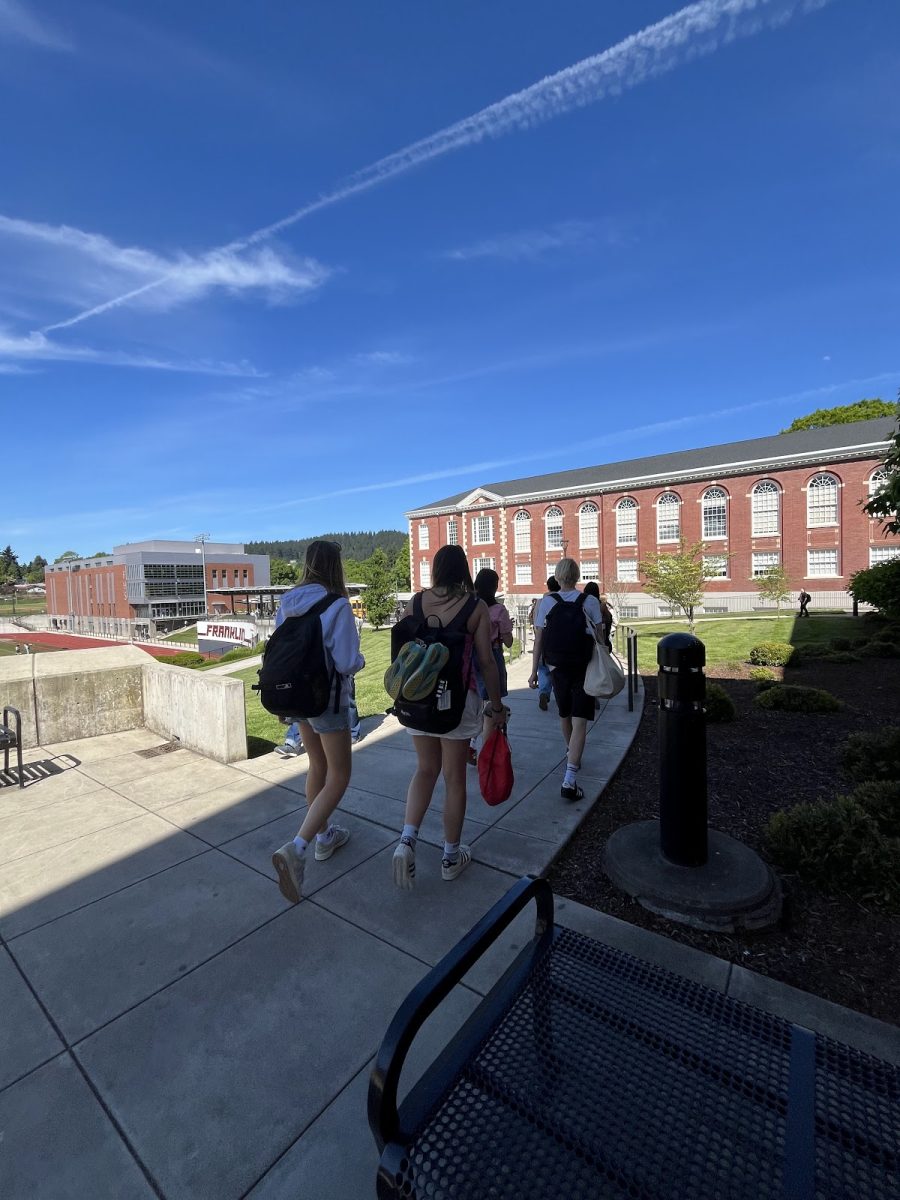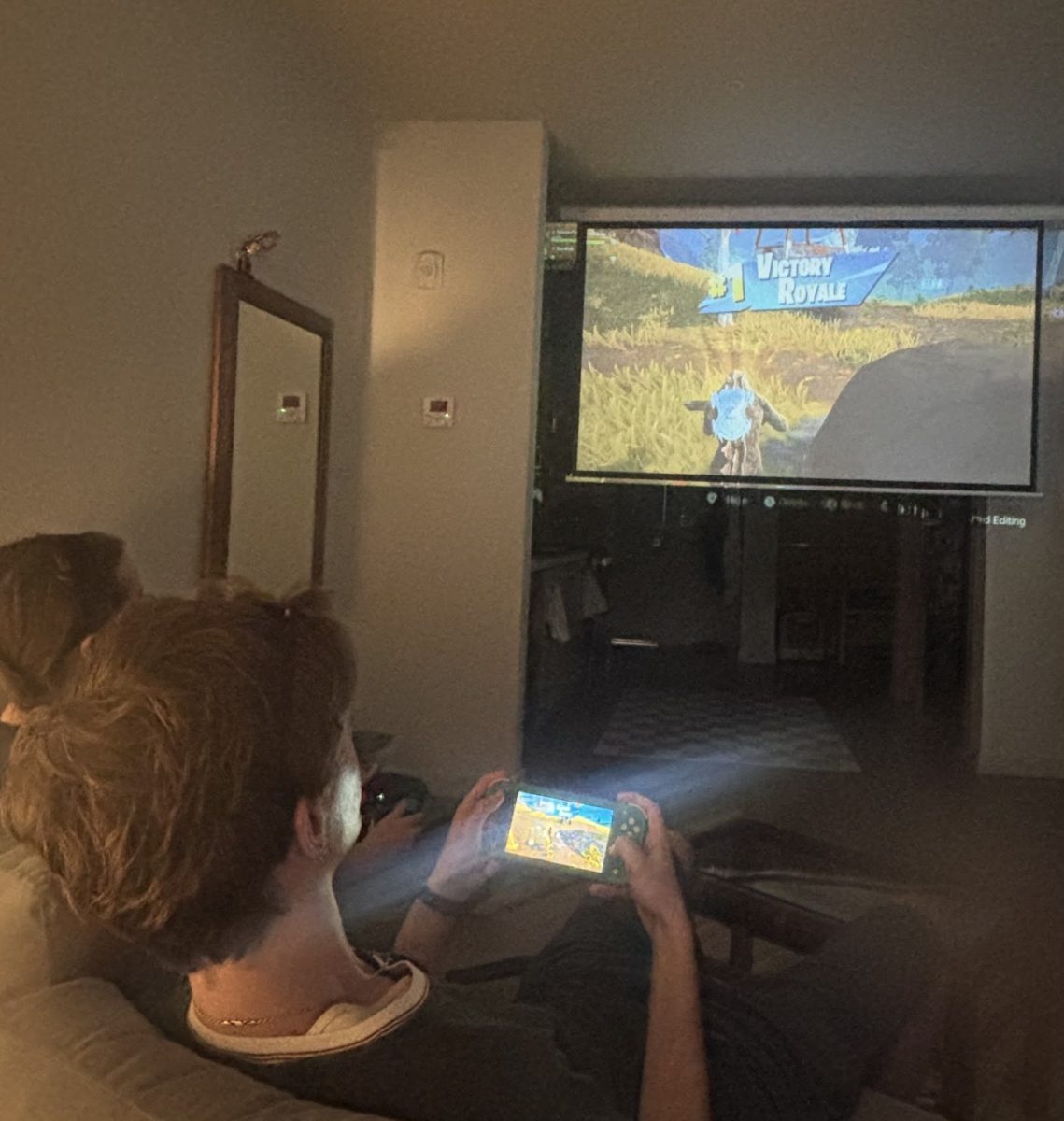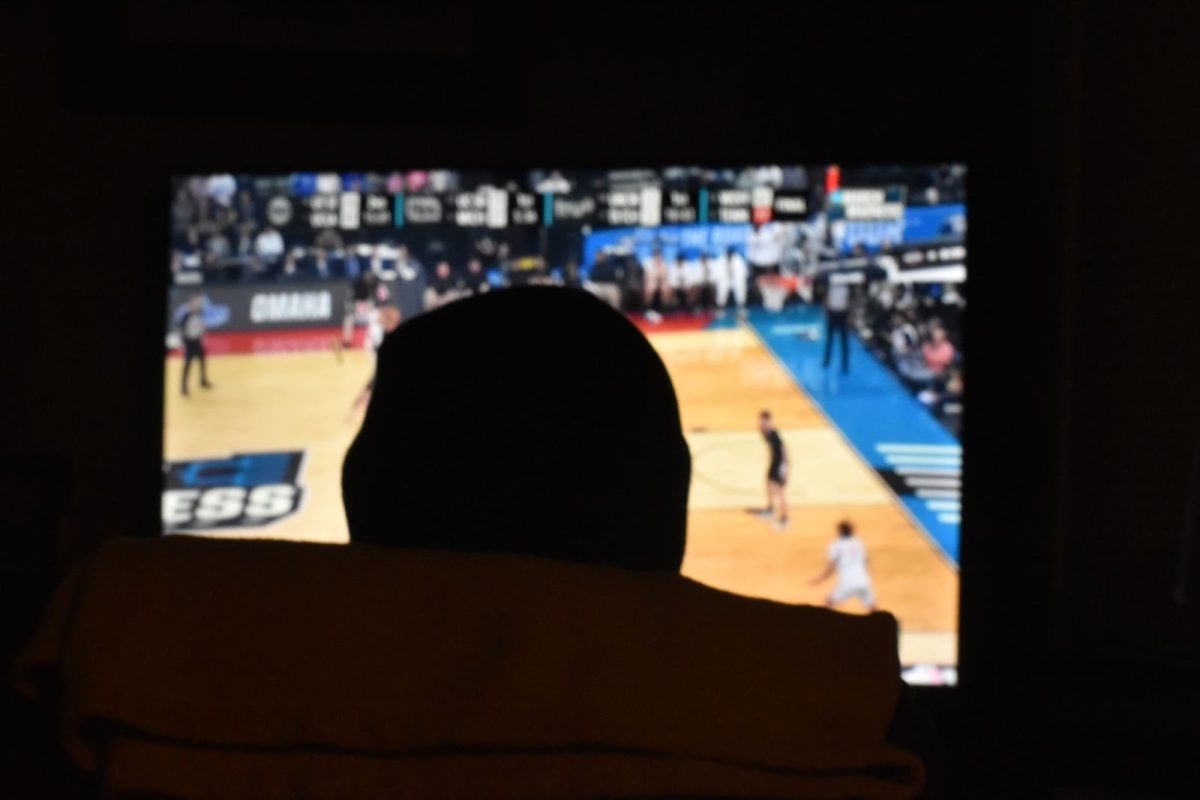It is no secret that the majority of Americans are experiencing what has been coined “pandemic fatigue.” People are dying to see friends, travel normally again, and go to school. Despite a high number of cases, the United States has slowly begun to enter back into the realm of normalcy, with the world of athletics being a primary example.
On February 7, 2021, the 52nd Super Bowl was played in Tampa, Florida. It was a face-off between the Kansas City Chiefs and the Tampa Bay Buccaneers, but that wasn’t the only battle that took place that day. All-day, the National Football League (NFL) was sending mixed messages in regards to the COVID-19 pandemic.
On the one hand, the NFL tried to promote COVID safety by limiting the capacity of the stadium, honoring frontline workers, and requiring masks as well as other safety precautions. On the other hand, the mere act of flying out healthcare workers to a live sports game is ironic. Generous, but ironic nonetheless.
Listen, it’s no secret that the United States prioritizes sports—that surprises nobody. However, prioritizing having fans present at the game over public health and safety while honoring frontline workers is another level.
Let me be clear: the NFL did follow precautions to make having fans there safe. Their website says they “partnered with state and local officials along with the Centers for Disease Control (CDC) to develop some new protocols to help maximize your confidence, safety, and comfort in coming to Raymond James Stadium.” These protocols included physical distance markings throughout the stadium, requiring face coverings (they handed out KN95 masks), the availability of hand sanitizer, staggered entrances, and exits, etc. Additionally, only 25,000 fans were present, and 7,500 of them were vaccinated healthcare workers.
But it could have been safer. The United States recently passed the grim milestone of 500,000 COVID deaths. That is far beyond any other country with a comparable population. Countries known for handling the pandemic well like New Zealand and Australia opened stadiums only when there were no COVID cases. That’s how you truly honor healthcare workers, by keeping people safe at home so doctors and nurses don’t have to keep risking their lives for us every single day.
Don’t get me wrong, I totally understand that the issue is nuanced and that the United States could never be like Australia or New Zealand who have the advantage of being island nations. Due to both the physical landscape of the US and our system of government, COVID-19 is inherently more difficult to contain. But there are things that the government and, yes, sports leagues and organizations can do to minimize the spread.
In my opinion, there shouldn’t have been any fans present at the actual game in Tampa. The issue isn’t so much spreading the virus in the stadium itself, but all of the potential spreading risks that come with traveling. To the argument that 7,500 of the fans were already vaccinated, there is not enough definitive evidence that vaccinated people can’t still spread the virus. In an interview with Healthline, Dr. Amesh Adalja with Johns Hopkins University noted that studies have shown the various FDA-approved vaccines to be effective in protecting a person from symptomatic illness, but not necessarily an asymptomatic infection. Though data is looking promising, the experts, including Dr. Fauci and the CDC, ask that even those who are vaccinated continue to follow social distancing guidelines.
Despite the fact that the stadium was filled to only one-third of its capacity and fans inside were safely spaced out, thousands of other fans tailgated and celebrated outside. This was the main concern for experts in terms of anticipating a COVID-19 spike in Florida. Thankfully, data trends of COVID-19 cases in Tampa do not show a spike caused by the Super Bowl. Therefore, the main problem with this event was the inconsistencies in the messages spread to the general public. Even the irony in the very fact that thousands of fans packed together outside of an intentionally distanced and regulated stadium shows we should all be grateful that this didn’t cause more damage.
This article is not arguing against sports happening right now. On a local level, I think it’s fantastic that Franklin sports teams are practicing regularly and entering an actual season, even without live spectators. So let’s be clear: if high schoolers can play games without an audience, the pros can, too.


